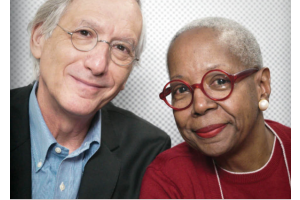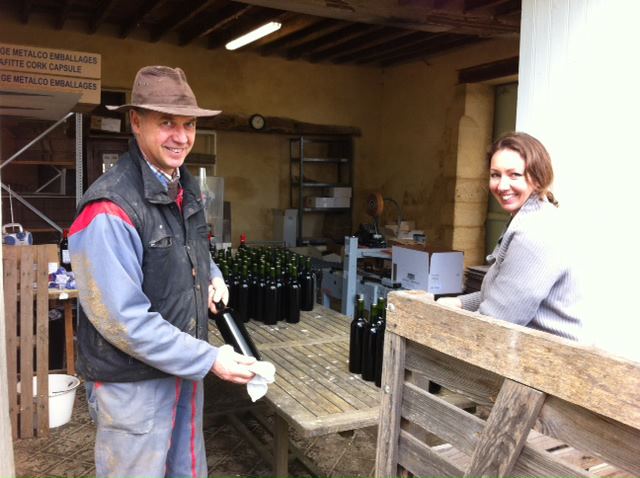
Sainte-Foy Côtes de Bordeaux AOC is a great find for high-quality, well-priced Bordeaux. Sainte-Foy is a small AOC located on the banks of the Dordogne River at the far east of Bordeaux's right bank. As with its more famous neighbors, the Atlantic climate, hot dry summers and clay and limestone soils provide an ideal combination of growing conditions for the vines. As with most right bank AOCs the predominant grape grown is Merlot and percentages of Cabernet Franc and Cabernet Sauvignon are used for blending.
Château Carbonneau is a small family Sainte-Foy estate founded in 1878. Carbonneau has a long tradition of producing top-quality Bordeaux. At the end of the 19th century, the Grand Larousse (The Great Universal Dictionary of the 19th century, a French encyclopedic dictionary written by Pierre Larousse) mentioned Château Carbonneau as one of the "great wines of Bordeaux." The name Carbonneau comes from the production of wood charcoal - probably in the Middle Ages. The Franc de Ferrière family, who own the estate, have an interesting history with a lineage that includes New Zealand, where one branch of the family had emigrated following the first World War.
Castle Carbonneau is situated on the eastern limits of Gironde straddling both the common of Pessac on Dordogne and Gensac at an altitude of 75m above sea level. The vineyard is located on the hills of the property which benefits from a favorable south/southwest exposure. In the fields below, 20 Aquitaine Blond cattle happily share 30 hectares of more fertile grounds and help to contribute compost for the vines.
Grape Collective talks with Wilfrid Franc de Ferrière about the potential of Carbonneau's Sainte-Foy terroir, his New Zealand roots and making good wine.
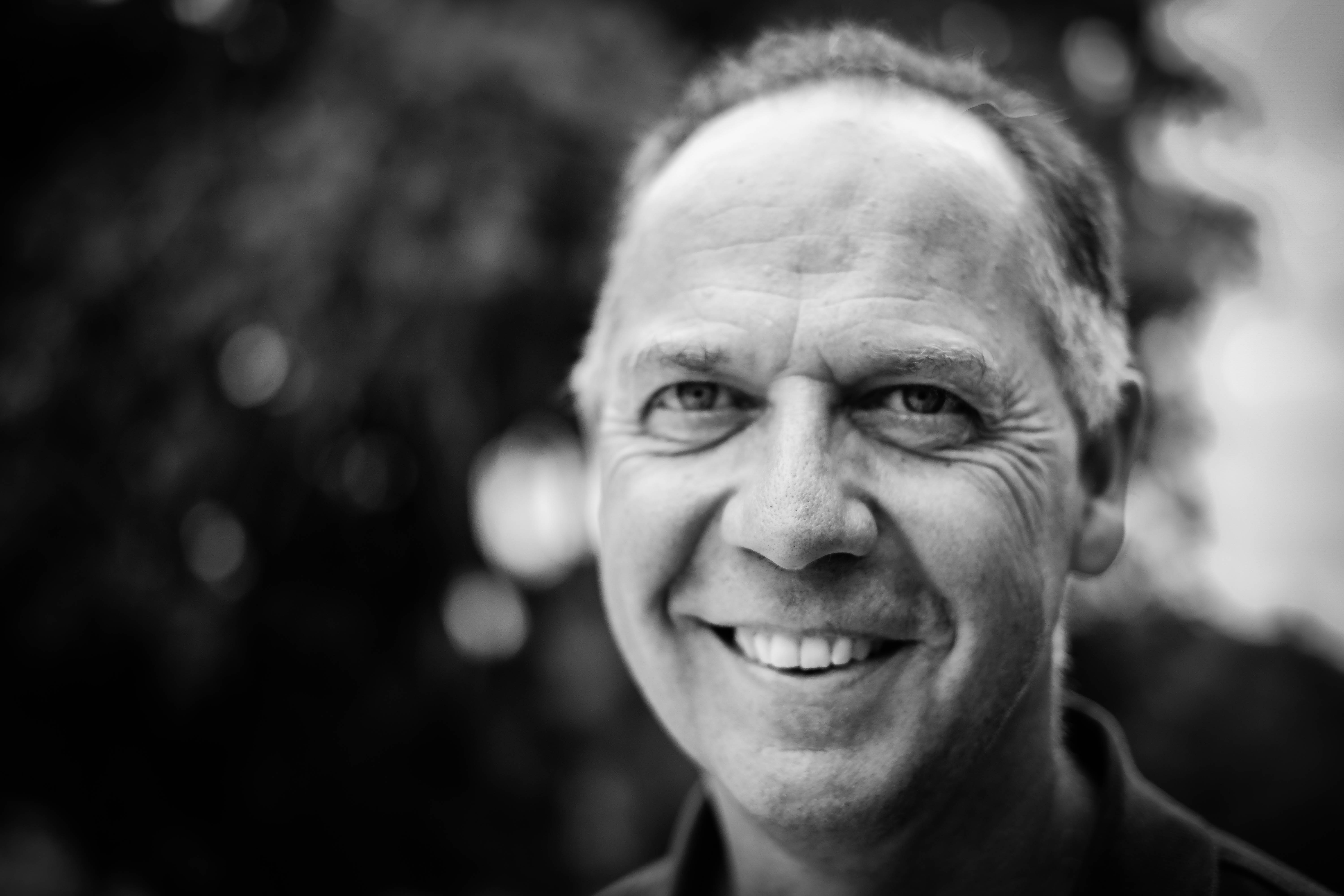 Christopher Barnes: So Wilfred, tell us a little about the history of the estate here.
Christopher Barnes: So Wilfred, tell us a little about the history of the estate here.
Wilfrid Franc de Ferrière: Well, Château Carbonneau was built in 1860 and that was, I would say, for Bordeaux, one of the last golden eras for the wine industry, and it allowed for some people to build some extraordinary châteaux such as this one with a fabulous conservatory that was added on in 1900. And it's a typical glass house of Napoleon the Third.
And Wilfred, your family has a very interesting history. You've got New Zealand, you've got French, you've lived in Canada. Tell us a little bit about how you got here.
Well, it's a long page of history in fact, because I have one on one side, a French father, and on the other side a New Zealand mother. My French father is from the Bordeaux area and my family on that side has been in the wine industry and owners of vineyards for about 400 years.
But the interesting side, of course, is on my mother's side, the New Zealand connection. My grandfather was British. My grandmother was Russian. They immigrated to New Zealand after the first World War and decided to return to France during the holidays of 1937 to visit their very good friends which happened to be my other grandparents, of course, but at the time they were not. They were just their good friends who were property owners here in Bordeaux and discovered that this beautiful property, Château Carbonneau, was on the market for sale after the 1929 crises. Very difficult times in the wine industry.
And that's how my grandparents purchased the property and my mother grew up here and then met my father and after the war, they didn't really want to do any farming and my father got involved in the fertilizer industry. And that's how I was fortunate enough to then grow up in Canada because my father was the director of the Potash Mines of Canada. 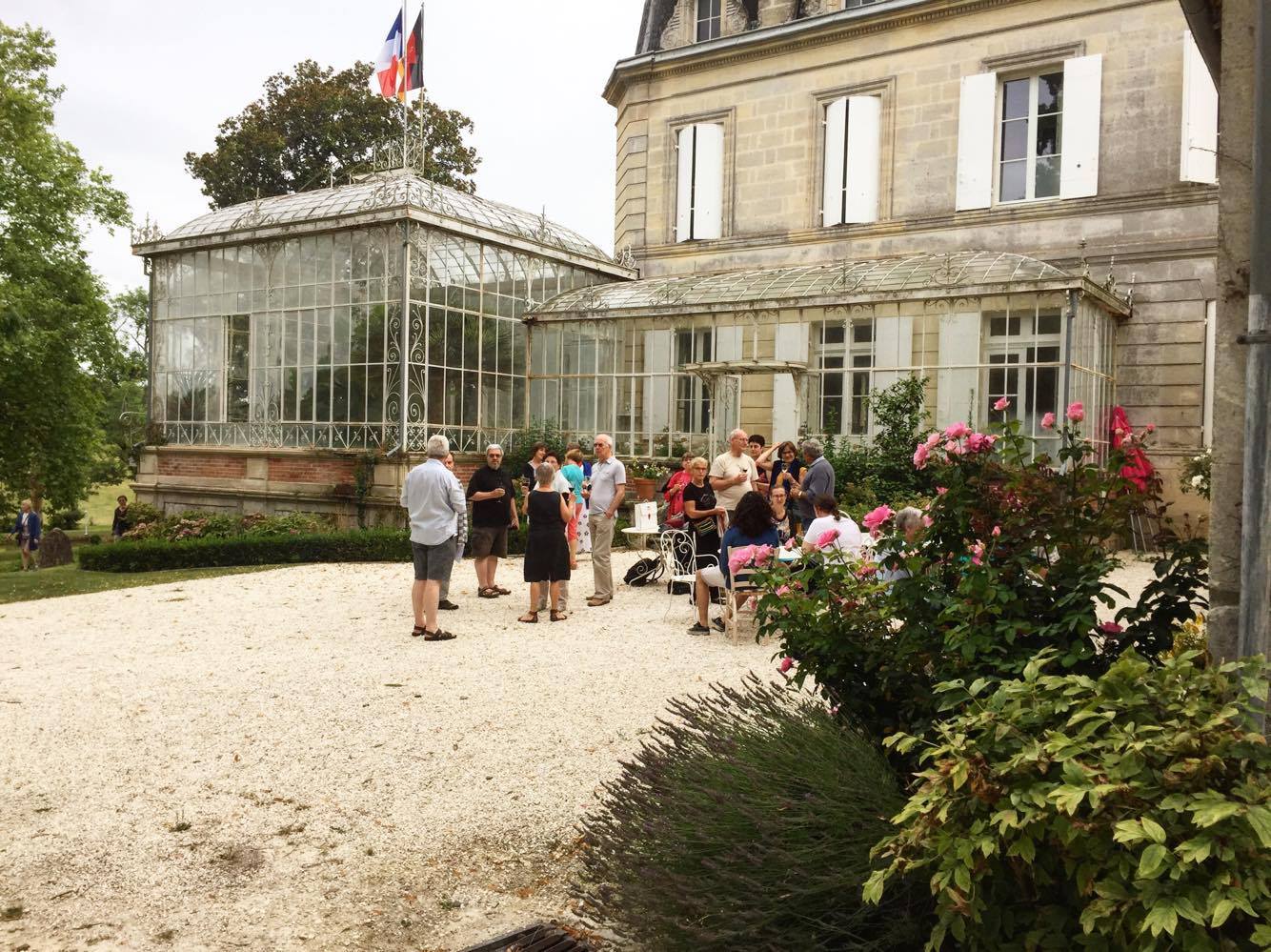 There's a nice story about your mother when she was sixteen.
There's a nice story about your mother when she was sixteen.
Yes. It's a nice story yes and no. It's a hard story in the sense that it's sixteen during the war years and she wanted to participate in the French Resistance. My mother would be probably one of the only New Zealanders who was part of the French Resistance and the fact that she could speak English was very useful at the time. She participated by carrying the false I.D.s for British soldiers who needed to escape to Spain.
But unfortunately, she got caught by the Germans, and spent the last years of the war in prison in Bordeaux.
And you've had a big influence on the AOC becoming part of Côtes de Bordeaux AOC.
Well, I shouldn't be taking all the credit for that. The president before me had the idea that Sainte-Foy shouldn't stay isolated and the appellation in today's world, shouldn't stay on it's own. We should all come together, especially here in Bordeaux where there was 57 appellations, that is a bit confusing, when wine has moved onto the world market.
I think 57 appellations were fine when all the wine was sold within France and everybody knew where Sainte-Foy, Castillon and so on was. But today, things have changed and so I'm a firm believer that we have to simplify the system and that the Côtes de Bordeaux is a good example of all of us coming together under one name rather having all our little village names. Which means, we haven't left our little village names, but the whole idea is to focus on export and make it easier.
Yes, the idea came from those who were present before me, but when I became president in 2007, that was my main focus and challenge; it was to get Sainte-Foy to link up to the Côtes de Bordeaux AOC. Here in France, that can be quite complicated from an administrative point of view. We have the ENO body which controls all the appellations and when you want to change anything you know you're in for a four, five year period of time where there's a lot of discussions. It basically took us five or six years to move into the Côtes de Bordeaux AOC.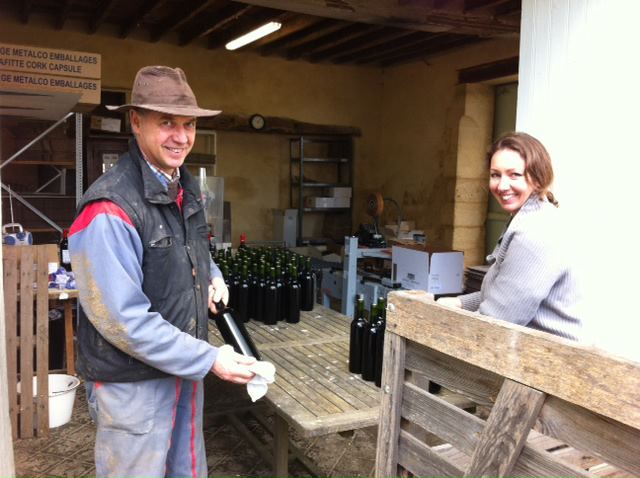 Talk a little bit about Sainte-Foy as an AOC. Where is it and how many winemakers do you have here and what kind of soil do you have?
Talk a little bit about Sainte-Foy as an AOC. Where is it and how many winemakers do you have here and what kind of soil do you have?
So the Sainte-Foy de Bordeaux, to me, is historically, has been an important part of the Bordeaux history in the sense that there's beautiful châteaux and to have been able to build these sort of châteaux means there's a very good terroir. That's one side of it.
I think the other side has got more to do with religion. Maybe I shouldn't be talking religion, but it is important as far as French history is concerned because we are in an area which is a historical area. And the Protestants were known to be very good business people. And I think that was part of the success. On one hand, a very good terroir, on the other hand, very good business people and they knew how to sell their wines to Holland, to England and they were quite successful at the time.
Unfortunately, like everywhere else, phylloxera came about. The first World War came about, the crises, et cetera and the accumulation of all that meant that a lot of properties went downhill and it wasn't about until maybe the 1980s that all of a sudden, people were starting to look again at good wine and where good wines are produced. That's where the Sainte-Foy area has then appeared on the map once again.
The first ones to really reappear on the map, I would say, are St. Emilion from the 1950s, '60s, onwards were already keen marketers of their wines. And an area like here, we were a little bit slow on at moving forward because a lot of properties had been converted to producing beef, or producing other agricultural goods, and it took a little bit longer to get back into viticulture and winemaking.
Now that we're back into it, I would say that the Sainte-Foy area has got about 8,000 hectares of which most of it is Bordeaux Superieur and something like about 500 hectares that are Sainte-Foy Côtes de Bordeaux. Which means those are more that the smaller producers who are producing quality type wines. You've met producers who are more into biodynamics. You've got other people who are just focused on smaller production but with a better value added by selling it bottled.
Talk about the terroir here in Sainte-Foy.
Now the terroir is not an easy word to define, and probably everyone has got a different definition and when you're a wine producer like myself, I probably have an idea of terroir and when you're a wine consumer, maybe like yourself, you've probably got quite a different idea. My definition and my view of the terroir is a combination of the soil, the climate, and the people who work in that environment. And not to forget also the vines, the plants, everything that goes together.
So if you take all that into account, you will have different terroir in the sense that, here we're up on the hilltops and we might have a certain type of earth. We'll have slopes. We'll have certain amounts of sunshine, and if you're down in the plain, in Dordogne riverbed, you'll have a different type of earth and different water quantity for the vines. All that's going to have quite a different influence. But what we've noticed, through history and time, that's a big advantage in areas such as these, is that wine and grapes have been grown for hundreds and hundreds of years.
Which means people have slowly but surely identified which are the best growing areas for the best wines. People that this angle of a slope or this current of cold draft there was not very good for wines et cetera, et cetera. And so when you see a château like this built here, especially way back then, people took a long time to look at the place and knew exactly that this was a good place to grow very very good wine.
The whole challenge today, in 2017, is to prove that it is a very good place to grow wine and to let the whole world know about it.
Do you have a philosophy of winemaking and viticulture?
I do have a philosophy and I think a lot of people have a similar philosophy in that, I believe that, to make good wines, you just produce very good grapes. And if you've produced, it's going to be quite easy to make a good wine. That's one aspect, and I think the other aspect I try is to respect nature as much as possible and have as few pesticides and little influence on the vines as I can.
But having said that, I'm not an organic grower. I'm realistic about things. I believe I do have to give a bit of fertilizer. I have to feed my plants. They're my babies. I want them to look healthy. I don't want them to get a disease. So I do spray them. If it has to be a little bit of chemical, it's a bit like, if I'm a bit ill, I will go to the drug store and get the proper drugs to look after myself and I've got that same philosophy towards my babies, all of my vines out there.
For more on Bordeaux read:
Stuart Pigott on why hipsters hate Bordeaux.
The curious story of Manga and Bordeaux's Château Poupille.
Olivier Allo of Chateau La Rame in Cadillac Côtes de Bordeaux.
The family wineries of Castillon Côtes de Bordeaux.





